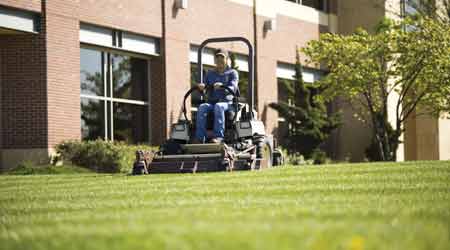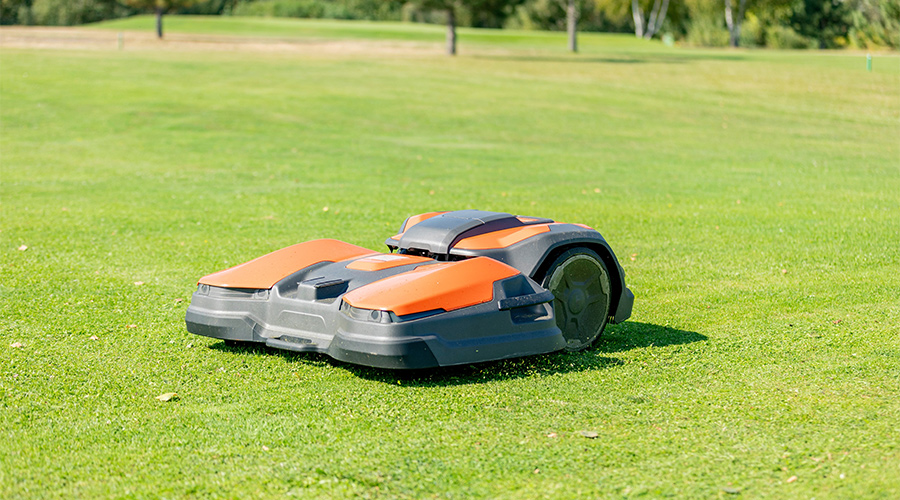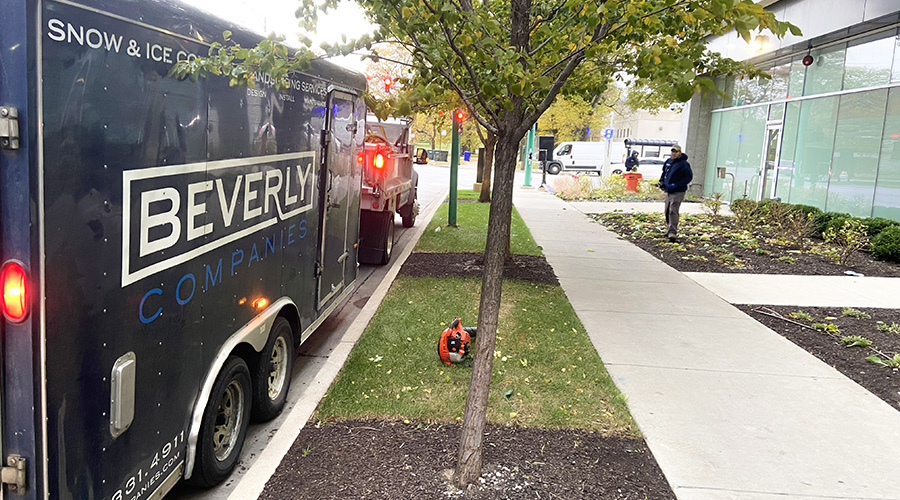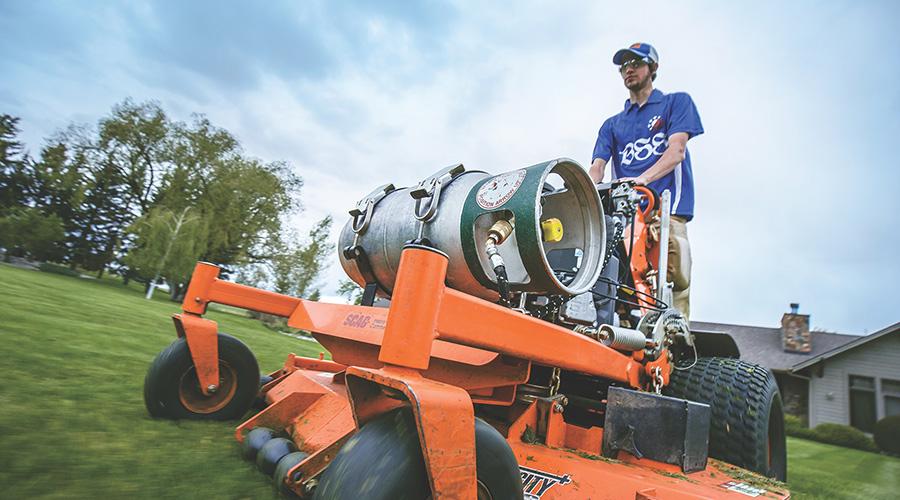 Before making a big-ticket equipment purchase, managers need to identify the tasks the equipment will have to perform and the conditions in which it will have to operate
Before making a big-ticket equipment purchase, managers need to identify the tasks the equipment will have to perform and the conditions in which it will have to operate Making the Most of Grounds Care Equipment
Strategies and tactics to help managers maximize the investment in big-ticket equipment, including mowers and utility vehicles.
Equipment is the most important investment — apart from front-line workers — for grounds managers who are responsible for institutional and commercial landscapes. Mowers, utility vehicles and other powered equipment enable workers to create and maintain landscapes that enhance facilities’ appearance and ensure landscapes’ health and appearance over time.
But not just any piece of equipment will do. Managers cannot help workers achieve these goals unless they select the most appropriate equipment and ensure it receives comprehensive maintenance after purchase. Given the central role equipment plays in department performance, what steps can managers take to maximize their equipment investments?
Knowing needs
The first step is to be certain the equipment is right for the application. This means starting with a plan that takes all unique variables into account before making the purchase decision. Key considerations include:
Region. The location of landscapes matters for a number of reasons. One top reason is that equipment operating and maintenance requirements can vary depending on the climate. Conditions such as high humidity and extreme hot or cold temperatures can influence the oil viscosity, fuel type and maintenance schedule necessary for mowers, handheld power equipment and utility vehicles. The environment also can play a role in which attachments workers require.
Terrain. Before making an equipment purchase, managers need to identify the conditions and uses the equipment must meet. Consider these questions:
• How much turf do crews need to mow. How frequently? Managers need to make sure equipment can handle the turf area’s demands.
• What daily, weekly, monthly, and seasonal landscaping activities need to take place? Workers need the right tools available for every task they have to perform.
• Is the terrain flat and smooth? Does it feature steep hills, low valleys and rough patches? Different mowers and utility vehicles are designed to handle different terrains.
• How many trees, bushes, shrubs and plant beds do crews need to maintain and work around? This information will influence decisions such as mower deck width.
• Is department staff trained to safely and properly perform landscape tasks? This issue affects the dealer choice. Managers want to provide crews with the most appropriate equipment for the job, but they also need to make sure operators use the right way, and a reliable dealer can help achieve this goal.
Budget. Managers have a lot of choices when it comes to purchasing landscaping equipment. In addition to identifying department needs, managers need to understand their budget limitations. With this information, they can develop a long-term strategy to prioritize equipment needs in order to best meet the department’s grounds care goals.
The next step is to make sure to purchase quality equipment at a competitive price. Online forums, as well as articles and whitepapers by grounds care industry experts, can provide a great deal of helpful information.
Managers need to be familiar with the brands and types of equipment that offer the best manufacturer warranty, fit best with the department’s landscaping, staffing and budgetary requirements, and bring the greatest return on the investment.
Manufacturers are experts when it comes to the longevity managers can expect out of equipment, and this insight usually dictates their warranty periods. Managers generally can get the greatest value by replacing worn equipment when it gets near the end of its warranty period.
While it is true that a properly maintained mower can outlast its warranty, running it beyond that period increases the likelihood of expensive repairs, which are costly because of the parts and labor but even more so in the time lost due to unplanned equipment failure or the inestimable costs associated with an avoidable injury.
Fuel type. While gasoline and diesel are probably still the two most common fuels powering mowers and utility vehicles, cleaner-burning environmentally friendly alternatives are becoming more available and popular. Green fuel sources, including biodiesel, propane, compressed natural gas, and electricity, offer greater efficiency and fewer emissions. Although the initial costs can be higher, managers actually can benefit in the long run because they use less fuel, extend equipment life and supporting sustainability efforts on many levels.
Related Topics:














